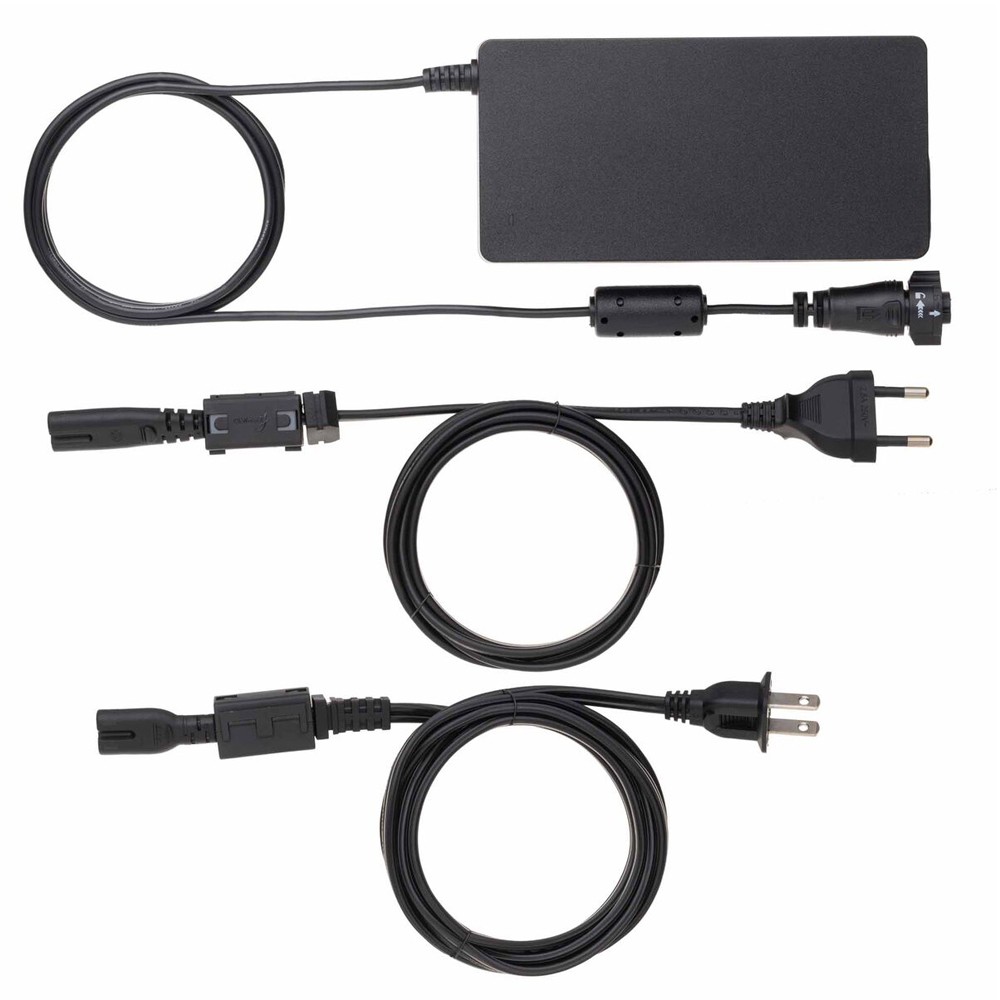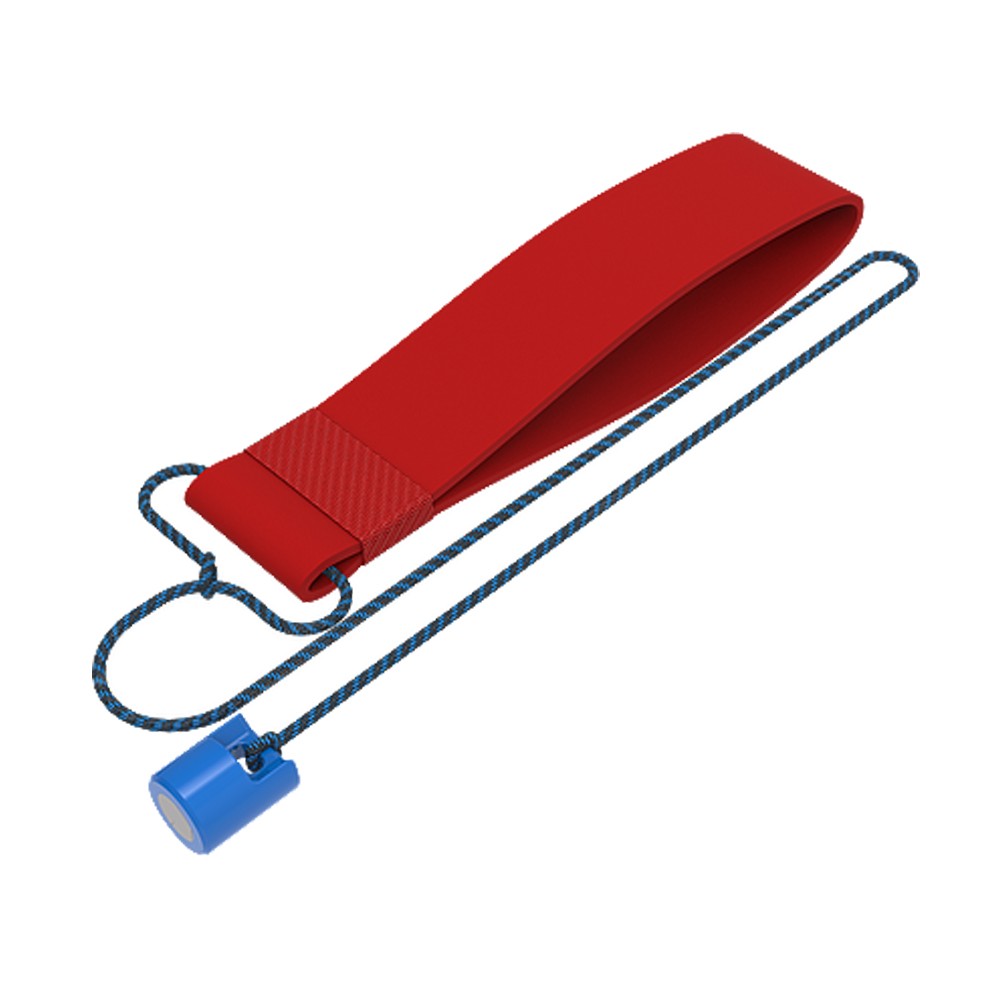Electric Outboards - Starter Guide
Why Choose an Electric Outboard?
If you’ve always used a petrol outboard, it’s easy to accept the noise, smell, mess and occasional frustration as just part of boating life. But electric outboards offer a cleaner, quieter, and simpler alternative — and for many boaters, they’re a game-changer.
That’s not to say we’re anti-petrol! Modern 4-stroke outboards are reliable and powerful, and still the best choice for certain applications. But let’s be honest — most of us have wrestled with a pull cord that won’t start or spilled fuel while refilling. On top of that we all have winced at the engine noise during a peaceful dinghy ride down a river.
Electric outboards take much of that hassle away. Here’s why more and more boaters are making the switch:
⚡ Instant Start-Up, Every Time
No pull cords, no choke settings, no fuss — just twist the throttle and go. Electric outboards are incredibly reliable and easy to use, especially for short trips and tender runs.
🔇 Quiet, Peaceful Cruising
Electric motors are virtually silent, making your time on the water more relaxing. No engine roar means you can enjoy the sounds of nature — or actually hear your crew talk!
🧼 Clean and Low Maintenance
With no fuel to spill, oil to change, or carburettors to clean, electric outboards are far simpler to maintain. That means less time fixing and maintaining, just more time boating.
⚖️ Lightweight and Easy to Handle
While you do need to account for the battery weight, many electric systems are modular. This means you can carry the motor and battery separately. Making it so much easier than lugging a heavy petrol engine from boat to tender.
What Types of Electric Outboard Are There?
When choosing an electric outboard, it’s important to understand that not all models are built the same. Broadly speaking, there are two main types:
1. Electric Outboards with Built-In Batteries
These self-contained units are the closest alternative to a traditional petrol outboard. Popular brands like Torqeedo, ePropulsion, and Temo offer models with the motor and battery built into a single unit. This compact, all-in-one design makes them simple to use and easy to install.
Key Benefits:
- No external battery required — just mount it and go
- Clean, simple setup and operation
- Comparable performance to small petrol outboards
- Great for tenders and sometimes small sailing yachts
These are ideal for users looking for a direct replacement for their petrol engine.
2. Electric Outboards Powered by External Batteries (Trolling Motors)
Brands like Minn Kota and MotorGuide produce electric motors that are used with a separate battery. This is typically a 12V leisure battery. These are commonly referred to as trolling motors.
A trolling motor is a small, quiet electric motor typically used for slow-speed manoeuvring or positioning. They are most commonly used on fishing boats or inflatables.
Key Benefits:
- Lightweight and budget-friendly
- Flexible battery options — use an existing battery or upgrade as needed
- Perfect for low-speed manoeuvring, fishing, or small inflatables on calm waters
Trolling motors are best suited for inland use, small fishing boats, or as auxiliary propulsion. They're not as powerful as integrated systems or petrol outboards, but they’re ideal for slow-speed control and short trips.
How Do You Charge an Electric Outboard?
All electric outboards need charging — but how and where you do that depends on the type of motor and your boating setup.
🔋 Charging Built-In Battery Models
For electric outboards with an integrated battery (like many models from ePropulsion, Torqeedo, or Temo), charging is pretty simple. It generally just requires you to plug the battery unit into a power supply when you’re back on land. Most come with standard chargers that plug into a house mains socket or shore power. Some models offer optional 12V chargers for use from a battery bank or onboard power system.
- Charging times vary by brand and model but typically range from 4 to 10 hours depending on the battery size and charger used.
- Some makes offer solar charging options to give you some off-grid flexibility.
🔌 Charging External Battery Setups
If your electric outboard uses an external 12V leisure battery, you’ll need to charge that battery. This could be from shore power, onboard charging systems or solar panels.
- Factor in the amp-hour (Ah) rating of the battery and your charger’s output to estimate charging times.
- Keep in mind that deep-cycle marine batteries take longer to recharge than smaller integrated units.
⚠️ Things to Consider
- Access to charging is key — if you’re mostly using your boat on inland lakes or at marinas, charging is simple. But if you're heading off-grid or coastal cruising, consider solar options or carrying a spare battery.
- Charge time vs usage time — make sure the charging setup you choose matches the kind of range or daily use you expect.
How Much Do Electric Outboards Cost?
Electric outboards can be more expensive upfront than their petrol-powered equivalents — especially high-performance models. However, the overall cost of ownership can level out over time.
Here’s why:
- No fuel costs — charging with mains power or solar is significantly cheaper than filling up with petrol
- Lower maintenance — no oil changes, fuel filters, or servicing costs
- Longer lifespan — electric motors tend to experience less mechanical wear than combustion engines
Over time, the lower running costs can help balance out the higher upfront price. If you’re using the outboard regularly, the savings can become noticeable sooner than you'd think.
That said, it’s important to factor in battery and the other setup costs. Especially for models that require external batteries or for users needing a spare battery for extended range.
Conclusion: Is an Electric Outboard Right for You?
Electric outboards are changing how we power small boats and tenders. They're clean, quiet, and easy to maintain, making them a great fit for all kinds of boaters. They're especially well-suited for people who spend a lot of time in marinas, sail on inland waters, or simply want hassle-free performance.
But they’re not perfect for everyone.
A petrol outboard might be a better choice if you're traveling long distances. If you're operating in remote locations without access to mains charging, then electric might not be the best option. Power is the other thing you need to consider, petrol will offer more power for heavier loads.
While electric outboards are a great future-focused option, the right engine for you comes down to your specific boating needs.
In short, electric outboards offer a compelling, future-focused alternative — but choosing the right engine comes down to how and where you use your boat.














